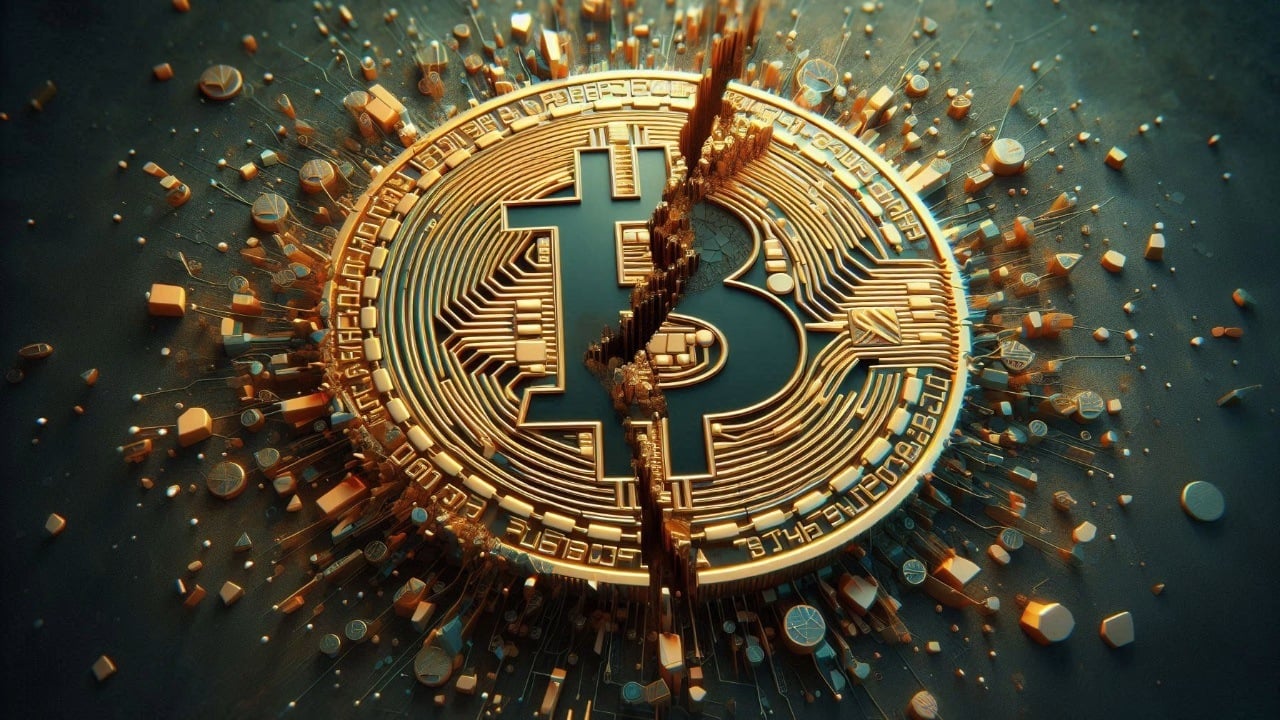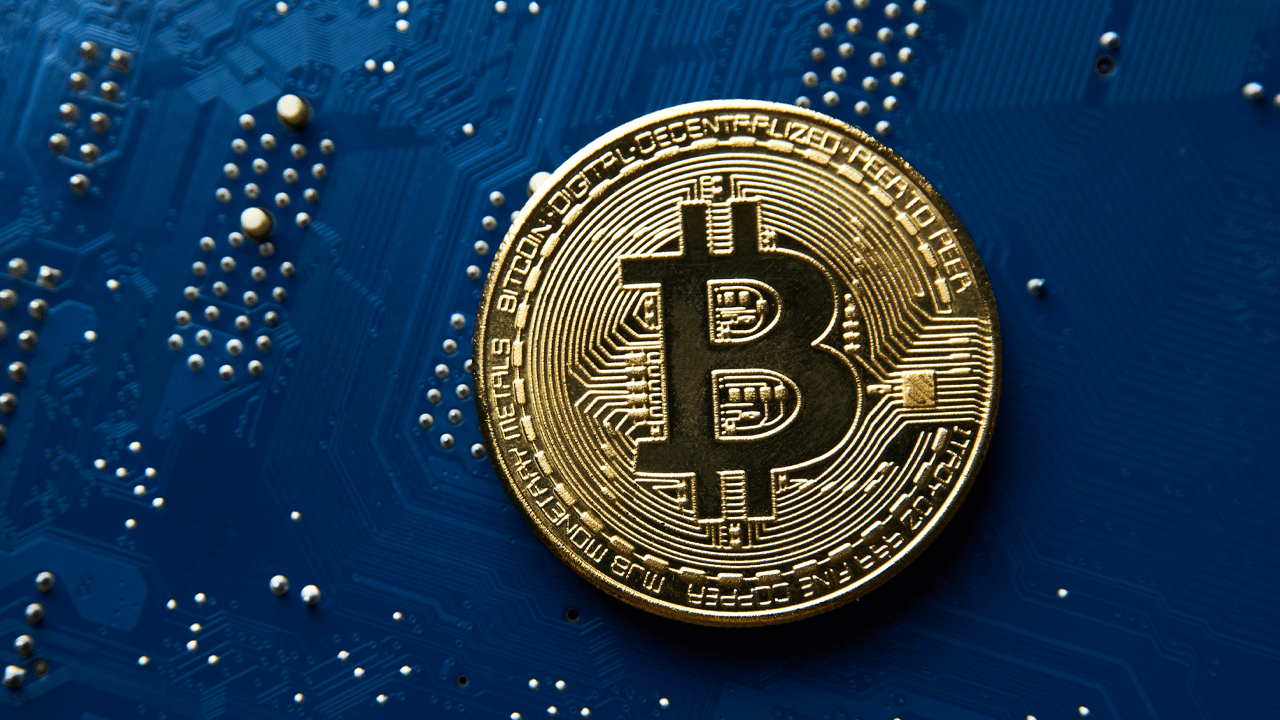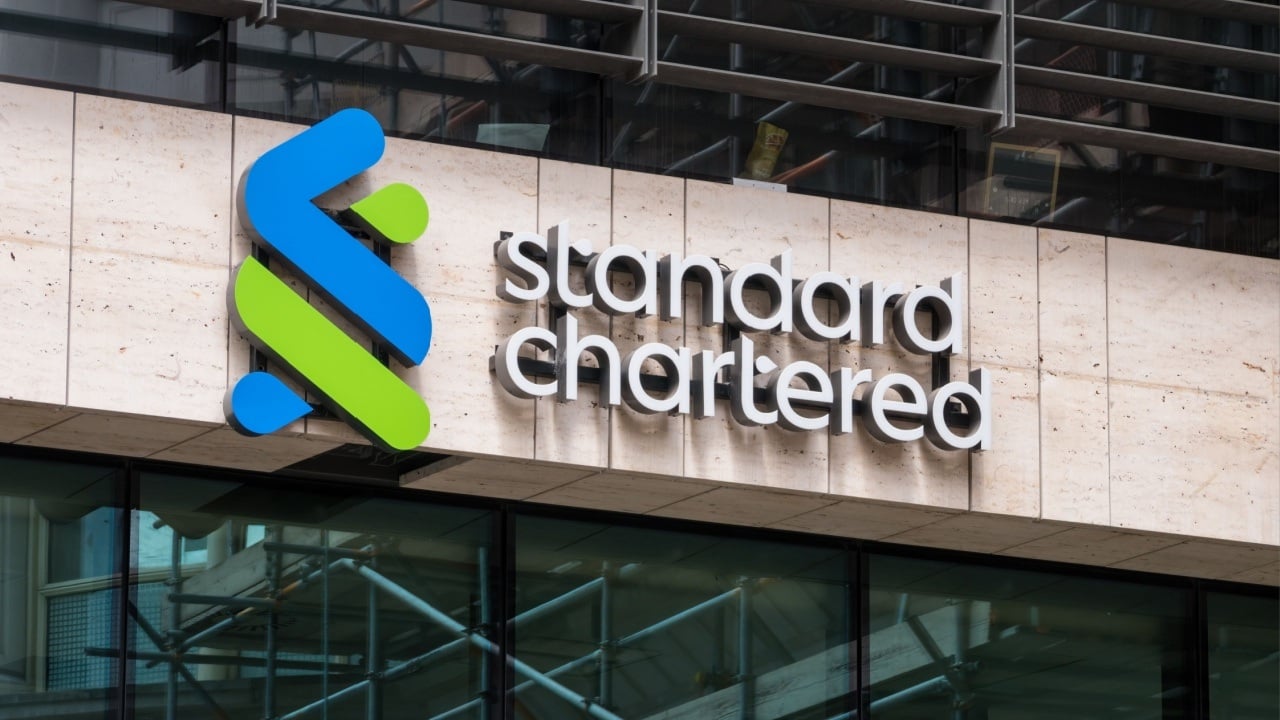Soros Bets Against U.S. Treasury Bonds: Bitcoin Could Face Significant Correction Before January 2025

Recently, news of renowned investor George Soros shorting U.S. Treasury bonds has drawn widespread attention. At the same time, uncertainties surrounding the U.S. economy and political landscape have left market participants apprehensive about the future. By January 2025, with Trump potentially returning to the White House, the U.S. debt issue could become a flashpoint in the markets, significantly impacting Bitcoin’s price trends. This article explores the topic through three lenses: the potential U.S. debt crisis, the relationship between Bitcoin and safe-haven assets, and possible future trends.
Potential U.S. Debt Crisis: Hidden Economic Risks
The U.S. Treasury market has shown notable weakness in recent years. As Treasury yields continue to rise, global appetite for U.S. debt has waned, exposing the underlying vulnerabilities of the U.S. economic model. Unlike economies driven by manufacturing, such as China, the U.S. relies heavily on debt-driven growth. Through issuing debt and exporting dollars, the U.S. maintains its global economic dominance, but this approach carries significant risks.
Soros’s bet against U.S. Treasuries reflects a broader lack of confidence in the U.S. economy within global capital markets. With Trump potentially assuming office, the Democratic administration might leave the debt issue for the next government to handle. This strategy is likely to increase market uncertainty around January. Should U.S. Treasuries face a large-scale sell-off, the U.S. economy could see a crisis reminiscent of the 2008 financial meltdown. In the aftermath, the market would likely resort to unlimited quantitative easing (QE) to sustain liquidity, further exacerbating the U.S. dollar’s credibility crisis.
Historically, economic crises have often led to commodity price volatility and financial asset downturns. If a U.S. debt crisis triggers global market turmoil, Bitcoin and other risk assets are likely to experience significant price volatility.
Bitcoin: Risk Asset or Safe-Haven Tool?
While some investors consider Bitcoin as “digital gold,” its safe-haven status is yet to gain widespread consensus. Gold’s role as the traditional safe-haven asset remains unchallenged, whereas Bitcoin’s volatility and risk profile continue to categorize it as a risk asset for many investors.
Bitcoin’s recent performance demonstrates its closer correlation with U.S. equities. Over the past month, gold prices dipped slightly, while Bitcoin followed stock market trends upward, showcasing traits distinct from traditional safe-haven assets. Should a U.S. debt crisis lead to economic panic, substantial funds may flow into conventional safe-haven assets like gold or cash, leaving Bitcoin potentially under short-term correction pressure.
However, it’s important to note that Bitcoin’s value extends beyond its short-term price fluctuations. From a long-term perspective, Bitcoin’s scarcity and decentralized nature provide a unique value proposition compared to traditional assets. Particularly in a macroeconomic environment leaning towards monetary easing, institutional participation and improved market liquidity could inject new growth momentum into Bitcoin.
Bitcoin Outlook for 2025: Opportunities Amid Crisis
While the market may face financial turbulence, crises often create opportunities. If the Trump administration responds to a crisis with large-scale QE, Bitcoin could benefit significantly. Similar to gold’s bull market following the 2008 crisis, a liquidity-rich environment driven by QE could channel funds towards scarce assets like Bitcoin.
Additionally, with the gradual proliferation of Bitcoin ETFs, institutional capital could increasingly enter the space, providing long-term support for Bitcoin prices. The launch of ETFs not only lowers the barriers for retail investors but also fosters integration between traditional financial systems and the crypto market. This indicates that after a correction, Bitcoin could witness stronger upward momentum.
Against this backdrop, investors should adopt a macro perspective to understand Bitcoin’s market position and its interaction with traditional assets. On one hand, Bitcoin price trend may experience short-term volatility due to market panic. On the other hand, its value as an emerging asset will become increasingly evident.



